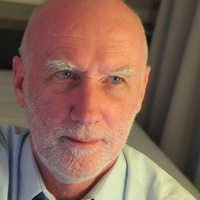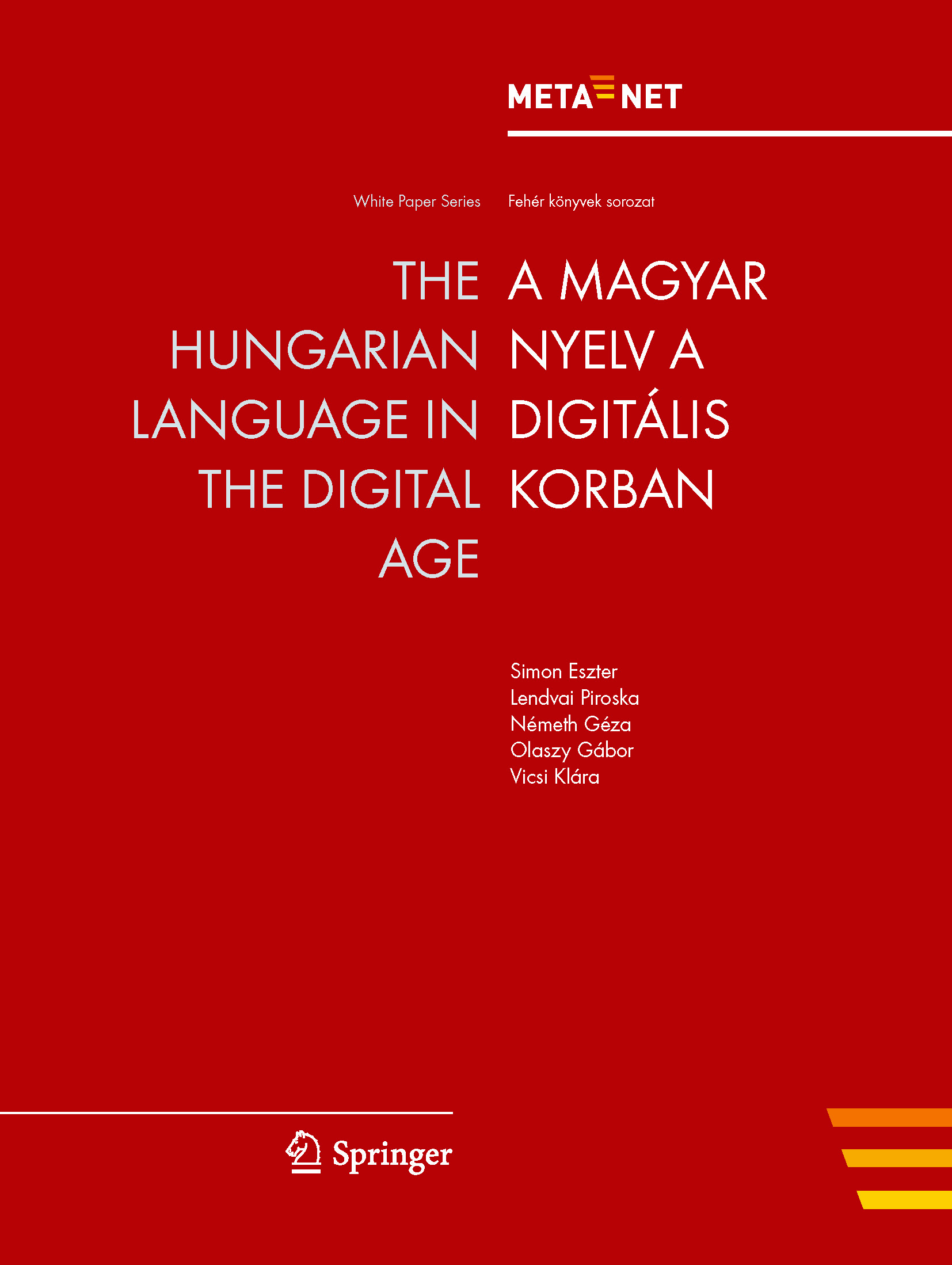The Languages of Hungary
Hungarian is the official language of Hungary with approximately 13 million speakers, Vojvodina (an independent province in Serbia) and three regions in Slovenia. Outside of Hungary, it is spoken in the bordering countries in Europe and in the United States, Canada and Israel. It is considered to be a minority or regional language in Austria, Croatia, Romania, Ukraine and Slovakia. Hungarian has less language variation, which is shown by the only seven dialects in Hungary and two dialects in Romania. The dialects vary little from the standard and each other. Hungarian is the most spoken Uralic language in Europe. It is part of the Urig group like Finnish, Estonian and some minority languages. The vocabulary differs much from the other European languages, which belong to the Indo-European family of languages.
Features of Hungarian:
- There is no genus. "He" and "she" are expressed with the same word.
- The verbs can only be conjugated in present and past. Other tenses have to be circumscribed.
- Hungarian’s morphology is rich of derivation and flexion, which cause the production of long words.
- Words underlie a vowel harmony. The vowels are categorised into two classes, deep and high vowels. The vowels of suffixes change depending of the stem they connect to. The results are words with vowels of one class.
NCC Lead Hungary
Dr. Tamás Váradi is Deputy Director and Head of the Department of Language Technology and Applied Linguistics of the Hungarian Research Institute for Linguistics. His research interests are language technology, especially corpus linguistics, machine translation, computational lexicography and, more recently, neural NLP. Since the nineties, he has been playing a significant role in the buildup of the European and especially Hungarian infrastructure of language technologies. Moreover, he coordinated several EU funded projects like CESAR or iTranslate4.eu and is currently leading the MARCELL and CURLICAT CEF Telecom projects. He was one of the founding persons of the CLARIN infrastructure project. He functions as the General Secretary in the European Federation of the National Institutions of Language (EFNIL). He has (co-)authored over 100 papers and conference proceedings.

Current National Initiatives
- There is no dedicated LT programme but some projects cover LT applications.
- At the Pázmány Péter Catholic University the Independent Hungarian LT Research Group has been active since 2012.
- A national AI research project started recently. The focus is on neural methods and their applications in various areas, including LT, which comprises only a small part.
Wikipedia contributors. (2020, June 6). Hungarian language. In Wikipedia, The Free Encyclopedia. Retrieved 17:00, June 11, 2020, from https://en.wikipedia.org/wiki/Hungarian_language.
Events
META-NET White Paper on Hungarian
Eszter Simon, Piroska Lendvai, Géza Németh, Gábor Olaszy, and Klára Vicsi. A magyar nyelv a digitális korban - The Hungarian Language in the Digital Age. META-NET White Paper Series: Europe's Languages in the Digital Age. Springer, Heidelberg, New York, Dordrecht, London, 9 2012. Georg Rehm and Hans Uszkoreit (series editors).
Full text of this META-NET White Paper (PDF)
Additional information on this META-NET White Paper
Availability of Tools and Resources for Hungarian (as of 2012)
The following table illustrates the support of the Hungarian language through speech technologies, machine translation, text analytics and language resources.
| Speech technologies | Excellent
support |
Good
support |
Moderate
support |
Fragmentary
support |
Weak/no
support |
|---|---|---|---|---|---|
| Machine translation | Excellent
support |
Good
support |
Moderate
support |
Fragmentary
support |
Weak/no
support |
| Text analytics | Excellent
support |
Good
support |
Moderate
support |
Fragmentary
support |
Weak/no
support |
| Language resources | Excellent
support |
Good
support |
Moderate
support |
Fragmentary
support |
Weak/no
support |
